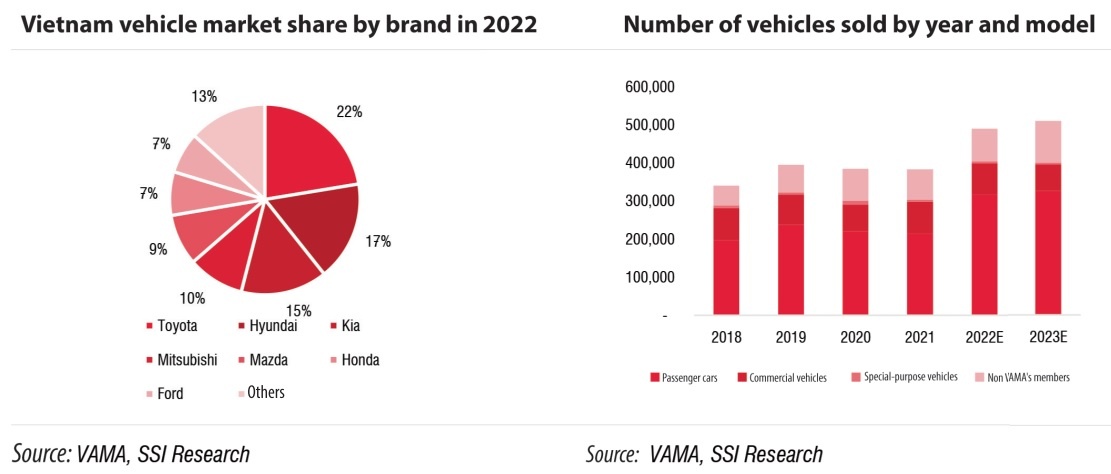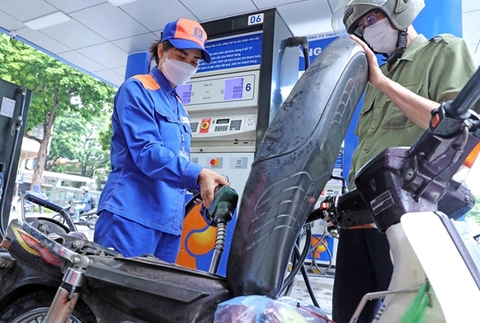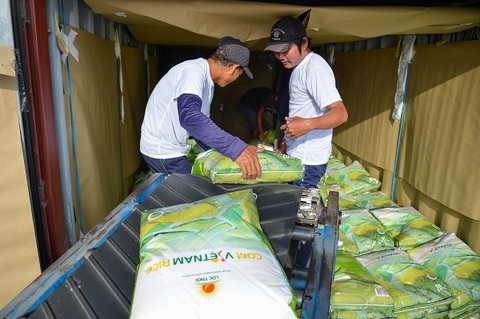Car sales on the decline after policy effects wear off
Car sales on the decline after policy effects wear off
After hitting record sales last year thanks to incentives and high demand, Vietnam’s car consumption his showing signs of slowing.

In 2022, the auto market recorded good growth when total sales exceeded 500,000 vehicles for the first time. However, the Vietnam Automobile Manufacturers Association (VAMA) recorded just over 17,300 units sold in January, down 51 per cent versus the previous month and down 44 per cent on-year.
The figures noted that VinFast sold around 360 vehicles in the month and TC Motor, which assembles and distributes Hyundai vehicles in Vietnam, sold almost 3,500. The January figures are said to be surprisingly low considering the first month of the year is often considered a favourable time in terms of demand.
VAMA representative Dao Cong Quyet said that purchasing power has shown signs of decline in the past couple of months, a reversing trend from usual.
“Moreover, the difficult domestic economy and high bank lending rates have quickly pulled down car consumption since the end of last year. Even if the lending rate is reduced, customers still consider a loss when buying a car at this time because it will create more financial burden,” Quyet said.
The business still has challenges to face in the upcoming year, which will probably keep sales activity in check. “Semiconductor shortages continue to be a major threat to the outlook for vehicle production, and the recent geopolitical unrest elsewhere has only become worse,” said Quyet.
SSI Securities explained that car consumption in Vietnam set a record in 2022, helping many distribution companies report large profits. Pent-up demand since the pandemic was controlled was the main factor in boosting sales, according to SSI.
According to SSI, it is estimated that car sales in 2023 will only increase by around 5 per cent compared to 2022, but vehicle chip shortages and supply chain disruptions are unlikely to affect the market substantially in the second half of the year.
Some car dealers reflected that the inventory of cars is considerable. The reason is that from mid-2022, when the supply disruption situation improved, carmakers delivered cars to dealers on a massive scale according to previous orders, leading to a supply surplus. Dealers are under great pressure because if they do not sell out the 2022 model year, they will suffer a losses with 2023 models being launched.
“Only when the market establishes a new price level and lowers interest rates will it be possible to accurately identify the status of the car market for the whole of 2023,” said Quyet.
Faced with the fact that business results were not positive enough in January, businesses immediately after Lunar New Year launched new incentives to stimulate interest.
Honda Vietnam in February supported 100 per cent of registration fees for its CR-V and City models. Meanwhile, Nissan Vietnam also offered preferential registration fees for Almera and Navara sedans, and Mazda Vietnam offered similar for the CX-5. Suzuki and MG are offering a half-price discount on registration fees for its Ertiga Hybrid models and MG5 sedans.
Along with that, MG Edge increased both its unlimited mileage warranty and MG Care 24/7 rescue service to 5 years for cars sold in Vietnam.
In the luxury car segment, Audi buyers will receive a discount of about $4,200-6,300 from the listed price for various models until the end of March. BMW Vietnam, under Thaco Group, also offers direct discounts for most models in its portfolio for the Series 7 sedan.
“In the short term, if purchasing power does not improve and the market does not grow again, in order to reduce inventory pressure, manufacturers will be forced to reduce capacity and labour,” warned Dao Phan Long, chairman of the Vietnam Association of Mechanical Industry.
He explained that during the past two years, thanks to policies on extending/deferring the payment of taxes and land rent, businesses were given more time to balance capital and therefore ensure revenues, expenditures, and production.
“However, these policies have only recently been applied individually and took place over a short time, so the positive impacts have not been far-reaching enough to help fully restore the market,” Long said.



















